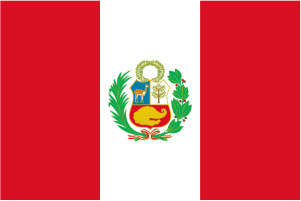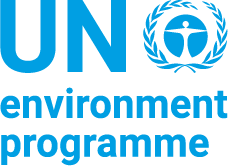
Tropical peatlands are globally significant in the terrestrial carbon cycle as they are comprised of a large forest carbon sink and a large peat carbon store—both of which can potentially be exchanged with the atmosphere on decadal time frames. Greenhouse gas emissions from fire-disturbance and development of tropical peatlands over the last few decades, and the potential for ongoing emissions, highlights the need for policy to slow or halt emissions and to activate mechanisms to sequester carbon through restoration of degraded peatlands. The UN REDD + scheme provides a means for developing countries to receive payments for avoided deforestation and forest degradation, but the steps to achieve REDD+ compliance are rigorous and the details required can be a barrier to activating benefits—especially for peatlands where repeated cycles of fire interrupt forest recovery and create a range of recovery classes. Therefore, to improve estimates of peat fire emissions and of carbon balance of tropical peatlands, the biomass and combustion factor parameters need to be developed and applied according to forest recovery stage. In this study we use published activity data from the extensive 1997 fires in the peatlands of Indonesian Borneo to detail a transparent and accountable way to estimate and report emissions from tropical peatland fires. This example for estimating and reporting emissions is provided to assist REDD+ countries to efficiently develop their capacity for improving emissions estimates from fire-impacted tropical peatlands.
Download:
 file
file

- Authors: Krisnawati, H., Volkova, L., Budiharto, B., Zamzani, F., Adinugroho, W.C., Qirom, M.A., Weston, C.J.
- Subjects: biomass, carbon cycle, combustion, forest fire, peat, fire, atmosphere, capacity building
- Publication type: Journal Article
- Source: Scientific Reports 13(1): 14355
- Year: 2023
- DOI: https://doi.org/10.1038/s41598-023-40894-z
















